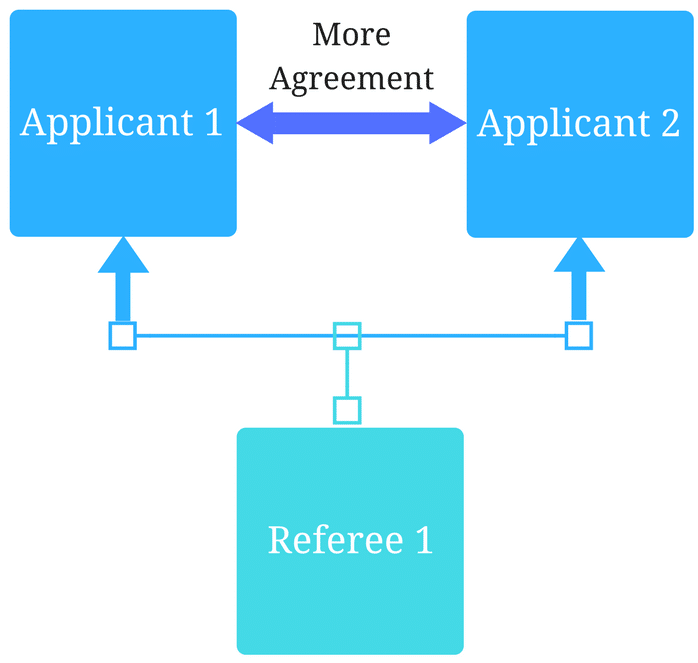Meeting the challenge of CQI in medical education

March 4, 2021
Continuous quality improvement (CQI) is not a new concept for medical education. The need to continuously improve the quality of education is well accepted. I’ve been attending AAMC’s Learn Serve Lead conference for the past 15 years, and each year I’m reminded of the tremendous amount of work and research in academic medicine that is constantly underway to better understand the process of becoming a competent physician.
CQI has been required for medical schools to gain and keep accreditation for the past six years. The Liaison Committee on Medical Education (LCME), which accredits MD degree programs in the U.S. and Canada, revised its standards in 2015 to include CQI, right there at the top of the list:
1.1 Strategic Planning and Continuous Quality Improvement
A medical school engages in ongoing strategic planning and continuous quality improvement processes that establish its short and long-term programmatic goals, result in the achievement of measurable outcomes that are used to improve educational program quality, and ensure effective monitoring of the medical education program’s compliance with accreditation standards.
With an eight-year accreditation cycle, this standard is still rather new. Medical schools are still discovering what’s required to incorporate CQI into ongoing operations. And what they’re discovering is that if they haven’t paid attention to data health, CQI can be complicated, costly, and time-consuming.
One year after introducing Standard 1.1, the LCME published a guideline about performance monitoring. I recommend reading the document in its entirety: Implementing a system for monitoring performance in LCME accreditation standards. While it clearly states that the guidance is not prescriptive, it calls for schools to consider staffing “IT support to develop mechanisms to store and retrieve data” and to plan resources, “including IT hardware and software and other relevant infrastructure for the collection, storage, and reporting of data.”
In our software and metrics-driven world, data is the substrate of medical education performance monitoring, the necessary ingredient to any CQI process. To be effective, CQI must reflect a healthy appreciation and care for data. And if you read the document closely, you’ll see this idea contemplated. Data on its own is not enough; it needs to be “packaged” appropriately to be useful.
So how do medical schools improve data health? After all, they often need to pull data from multiple sources. Various offices and committees can report on the same data, but in different ways. How do you streamline this complex array of data and stakeholders into one stream of CQI-ready data?
The solution lies in well-managed organizational change. Read our prescription in “The key to CQI in medical education.”
Related Articles

How interviews could be misleading your admissions...
Most schools consider the interview an important portion of their admissions process, hence a considerable…
Reference letters in academic admissions: useful o...
Because of the lack of innovation, there are often few opportunities to examine current legacy…
